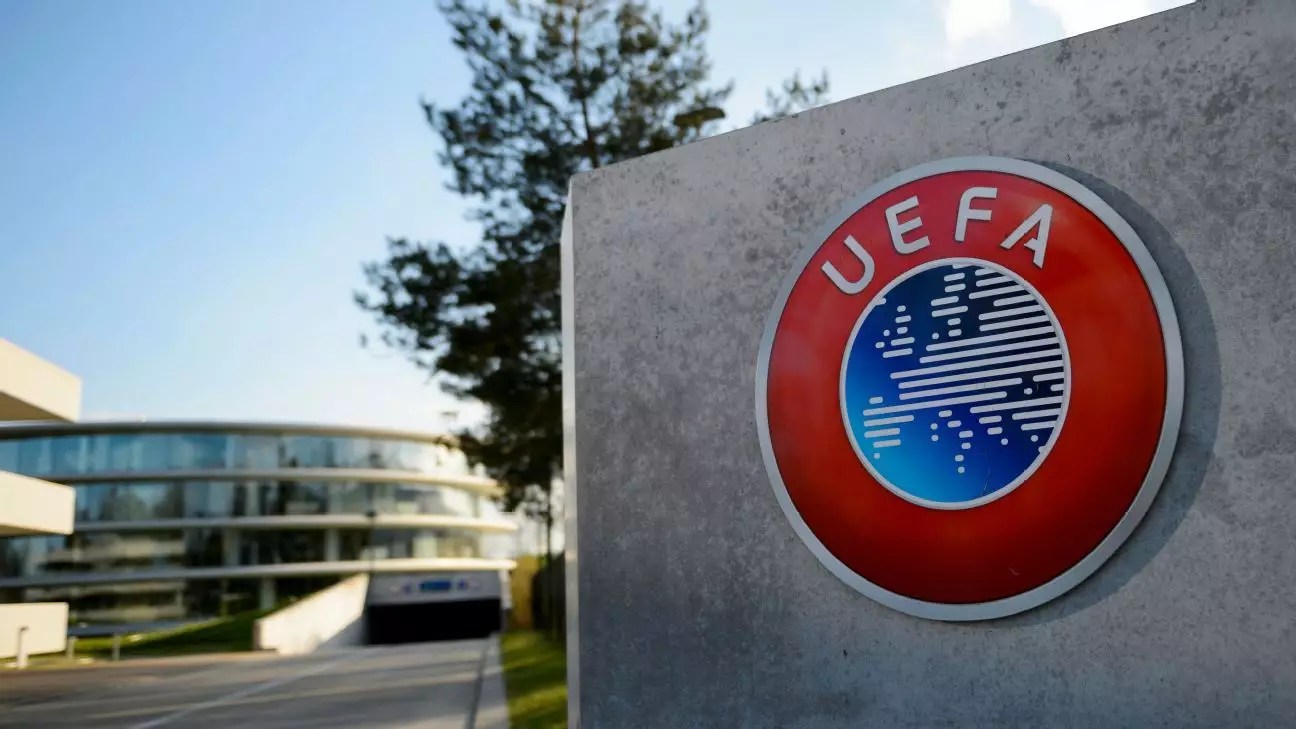The recent announcement from promoters of the Unify League, a reimagining of the controversial European Super League (ESL), has reignited discussions regarding the future of club football in Europe. Following the 2021 debacle, which saw a major uprising from fans and stakeholders alike, the concept has returned, albeit under a different guise. Promised to be merit-based and more aligned with competitive integrity, the Unify League suggests a sweeping change in how clubs engage on the continental stage.
Back in 2021, the idea of a European Super League was met with immediate backlash. The ESL aimed to implement a structure that favored certain elite clubs, ensuring their access and participation regardless of on-field performance. This elitist approach did not sit well with the broader football community, leading to its swift collapse. Fast forward to today, the Unify League seeks to distance itself from those problematic foundations, claiming a shift towards a format that emphasizes meritocracy through a proposed 96-club structure across four leagues.
While this new structure promises to enhance competition, it stands on shaky ground. The assertion by A22 that their model is not only needed but also superior to UEFA’s existing formats requires rigorous scrutiny. A new format alone will not ameliorate the deeply rooted issues surrounding the profit-driven motives behind such leagues.
In an emphatic response, the European Leagues—representing 39 professional leagues across Europe—made it clear that they were not consulted during discussions regarding the Unify League’s development. The organization emphasized their commitment to the current structure of UEFA tournaments, whereby clubs earn their spots through merit in domestic leagues. In their official statement, the European Leagues highlighted concerns that an influx of international club competitions could lead to fixture congestion, which threatens not only the integrity of domestic competitions but player welfare as well.
The European football landscape is already burdened with tightly packed schedules, making it imperative that any new competition model addresses these concerns rather than exacerbating them. The resistance from established leagues against the Unify League suggests that the road ahead will be anything but smooth.
As discussions about the Unify League unfold, the potential conflict between traditional club structures and emerging competitions raises fundamental questions about the direction of European football. The fan base, which played a crucial role in turning the tide against the ESL, stands to play a vital role again as the dialogue evolves. Their voices demand a game that prioritizes community and domestic engagement over profit-driven ventures.
Moreover, the promise of free streaming for fans on a dedicated platform presents an intriguing opportunity in the modern sports broadcasting landscape. However, with profitability at the core of sports management, the sustainability of such a model is in question.
The Unify League represents both a challenge and an opportunity for European football. While it attempts to present a more egalitarian vision, the lack of consultation with existing football stakeholders calls into question its legitimacy. Moving forward, collaboration among clubs, leagues, and fans will be critical to ensure that the sport remains accessible, competitive, and true to its roots. The future of club football in Europe hangs in the balance, and how these competing visions are negotiated may define the landscape of the sport for years to come.


Leave a Reply